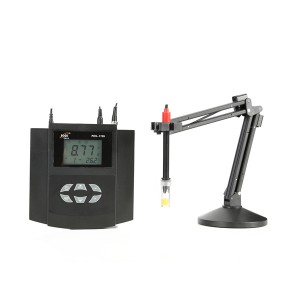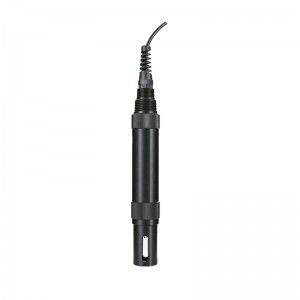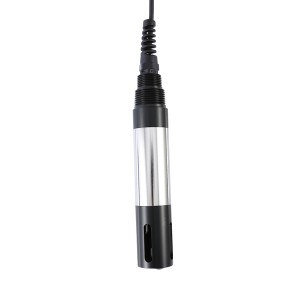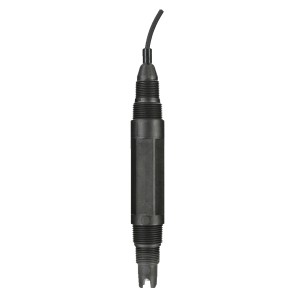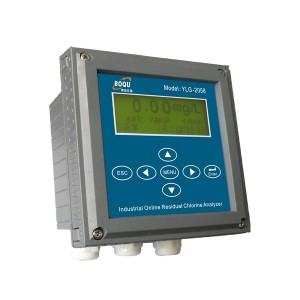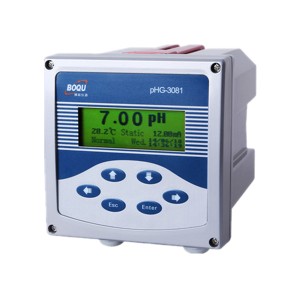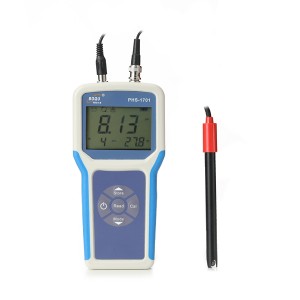Flow meter is crucial instruments used in various industries to measure the flow rate of liquids or gases. They play a vital role in monitoring and controlling the movement of fluids, which is essential for a wide range of applications. In this blog, we will delve into the world of flow meters, exploring their definition, purpose, and significance across diverse industries.
Flow Meter — Definition and Purpose
A flow meter, as the name suggests, is an instrument designed to measure the rate at which a fluid flows through a pipeline or conduit. It provides essential information about the quantity of fluid passing through a particular point in a system. This data is valuable for numerous purposes, such as billing customers for the use of water or gas, ensuring the efficient operation of industrial processes, and monitoring environmental conditions.
Flow Meter — Importance in Various Industries
Flow meters are indispensable tools in a multitude of industries. Here are some examples of their importance:
1. Oil and Gas Industry: Flow meters are used to measure the flow of crude oil, natural gas, and various refined products, aiding in custody transfer, well monitoring, and pipeline management.
2. Chemical Industry: Chemical processes often involve the precise measurement of fluid flow rates to ensure the correct mixing of ingredients and to prevent safety hazards.
3. Water Treatment: In water treatment plants, flow meters help determine the amount of water entering and exiting the facility, ensuring efficient treatment and distribution.
4. Pharmaceuticals: The pharmaceutical industry relies on flow meters for the precise measurement of ingredients in drug manufacturing.
5. Agriculture: Flow meters are used in irrigation systems to manage water resources efficiently.
6. Food and Beverage: Food processing plants use flow meters to monitor the flow of ingredients, helping maintain consistent product quality.
7. Energy Sector: Power plants and utilities use flow meters to measure the flow of various fluids, including steam and cooling water, to optimize energy production.
Now, let’s explore the different types of flow meters.
Flow Meter — Types of Flow Meters
Flow meters come in various types, each with its unique principles of operation and applications. They can be broadly categorized into two main groups: mechanical flow meters and electronic flow meters.
A. Flow Meter — Mechanical Flow Meters
1. Rotameters
Rotameters, also known as variable area flow meters, operate on the principle of a floating element (usually a float or a piston) rising or falling within a conical tube as the flow rate changes. The position of the element indicates the flow rate. They are often used for measuring low-to-moderate flow rates of gases and liquids.
2. Turbine Flow Meters
Turbine flow meters use a spinning rotor placed in the path of the fluid. The rotor’s speed is proportional to the flow rate, allowing for accurate measurements. These meters are commonly employed in industries such as petroleum, chemicals, and water management.
3. Positive Displacement Flow Meters
Positive displacement flow meters measure fluid volume by capturing and counting discrete volumes of the fluid. They are highly accurate and suitable for measuring low flow rates of both viscous and non-viscous fluids.
4. Differential Pressure Flow Meters
Differential pressure flow meters, including orifice plates and venturi tubes, work by creating a pressure drop across a constriction in the flow path. The pressure difference is used to calculate the flow rate. These meters are versatile and widely used.
B. Flow Meter — Electronic Flow Meters
1. Electromagnetic Flow Meters
Electromagnetic flow meters operate on the principle of Faraday’s law of electromagnetic induction. They are ideal for measuring the flow of conductive liquids and are commonly used in water treatment, wastewater management, and chemical processing.
2. Ultrasonic Flow Meters
Ultrasonic flow meters use ultrasonic waves to measure flow rates. They are non-intrusive and can measure a wide range of fluids, including liquids and gases. These meters are valuable in industries such as HVAC, energy, and water utilities.
3. Coriolis Flow Meters
Coriolis flow meters rely on the Coriolis effect, which causes a vibrating tube to twist in proportion to the fluid mass flow rate. This twisting is used to measure the flow rate accurately. They are suitable for measuring the flow of both liquids and gases in various industries, including pharmaceuticals and petrochemicals.
4. Vortex Shedding Flow Meters
Vortex shedding flow meters measure flow by detecting the vortices formed downstream of a bluff body placed in the flow stream. They are used in applications where reliability and low maintenance are critical, such as steam flow measurement in power plants.
Flow Meter — Principles of Operation
Understanding the principles of operation is crucial to choosing the right flow meter for a specific application. Let’s briefly explore the working principles of both mechanical and electronic flow meters.
A. Flow Meter — Mechanical Flow Meters Working Principles
Mechanical flow meters operate based on physical properties such as the movement of an element (rotor, float, or piston), changes in pressure, or the displacement of fluid. These meters provide direct readings based on these physical changes, making them suitable for various applications.
B. Flow Meter — Electronic Flow Meters Working Principles
Electronic flow meters, on the other hand, use modern technologies like electromagnetic fields, ultrasonic waves, Coriolis forces, or vortex shedding to measure flow rates. These meters provide digital data and are often more accurate and versatile than their mechanical counterparts. Their operation involves sensors and electronics that convert physical measurements into digital readings.
Flow Meter — Selection Criteria
1. Fluid Properties: The choice of a flow meter should align with the properties of the fluid being measured. Factors like viscosity, density, and chemical compatibility play a crucial role. Different flow meter types are better suited for fluids with varying properties.
2. Flow Rate Range: Determining the expected flow rate range is essential. Flow meters are designed for specific flow rates, and selecting one that matches your application’s range is crucial to ensure accurate measurements.
3. Accuracy Requirements: Precision is paramount in many industries. Consider the required level of accuracy and choose a flow meter that meets those standards. Some applications demand high precision, while others allow for lower accuracy.
4. Installation Considerations: The installation environment can impact the performance of a flow meter. Factors such as pipe size, orientation, and accessibility should be considered to ensure proper installation.
5. Cost and Maintenance: Cost-consciousness is a factor in any project. Evaluating both the initial cost of the flow meter and ongoing maintenance expenses is vital. Some meters require regular calibration and maintenance, while others are more low-maintenance.
Conclusion
Flow meter is indispensable tools that find applications across numerous industries, ensuring accurate measurement and control of fluid flow rates. The choice between mechanical and electronic flow meters depends on factors such as the type of fluid, flow rate, and the level of accuracy required. Understanding the principles of operation and the various types of flow meters available is essential for making informed decisions in selecting the right instrument for any specific application.
Flow Meter Manufacturer: Shanghai BOQU Instrument Co., Ltd. is a prominent manufacturer known for producing a wide range of high-quality flow meters, catering to the diverse needs of industries worldwide. Their commitment to innovation and precision makes them a trusted name in the field of flow measurement.
Post time: Sep-15-2023


